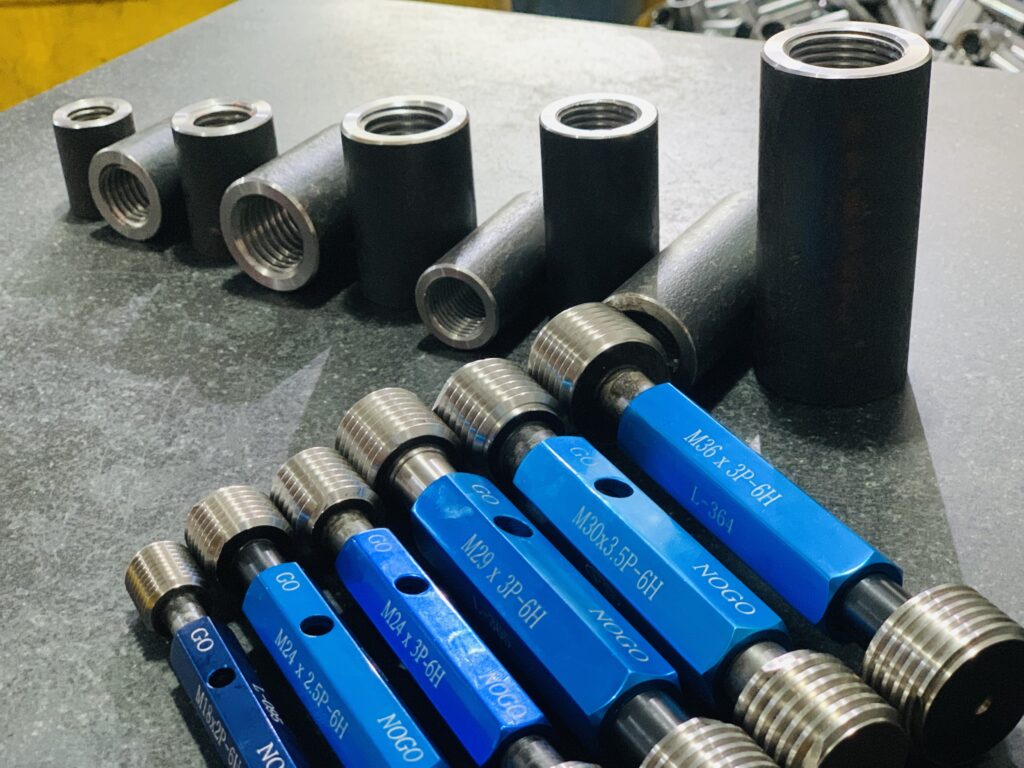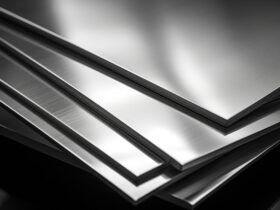In the construction world, rebar couplers play an important role in strengthening reinforced concrete structures. These mechanical devices provide a practical and efficient alternative to traditional lap splices, offering several essential advantages for modern construction projects. Let’s delve into why rebar couplers are becoming indispensable for reinforced concrete.
Reinforcement splicing: the traditional vs. The modern
Traditional lap splices:
For decades, the construction industry relied on lap splicing, where two reinforcing bars overlapped and depended on the bond of the surrounding concrete for load transfer. This method has limitations, including increased congestion, wastefulness, and reduced structural integrity in seismic applications.
Rebar couplers:
Also known as mechanical splices, rebar couplers provide a more advanced solution. They connect two reinforcing bars, making them a single continuous unit. This direct load transfer from one rebar to another bypasses the concrete bond, enhancing structural integrity and performance.
Advantages of rebar couplers:
- Structural integrity: rebar couplers improve the structural integrity of joints by not relying solely on concrete bond strength. This is especially beneficial in seismic regions, where they maintain joint stability even when bars are stressed beyond their elastic range.
- Reduced congestion: In mechanically joined bars, no overlapping of the bars is necessary, thus significantly reducing the congestion of rebars in the construction site. The result is a more efficient process for placing and consolidating concrete, reducing the likelihood of concrete segregation and enhancing the quality of concrete as a whole.
- Strength and stiffness: couplers can provide stronger and stiffer connections than lap splices, especially for high-strength rebar.
- Improved concrete placement: using couplers eliminates protruding rebar ends, making concrete placement and consolidation more efficient.
- Savings in materials: rebar couplers lead to significant savings in reinforcement materials by avoiding overlap.
- Enhanced site safety: couplers improve site safety by eliminating the need for rebar to protrude through shuttering, reducing worker hazards.
- Ease of construction: prefabricated rebar cages can be easily connected on-site, removing the need for on-site welding. This simplifies and speeds up the construction process.
- Reduced steel consumption: using couplers reduces steel consumption, making projects more environmentally friendly and sustainable.
- Design flexibility: rebar couplers offer design flexibility by eliminating the need for complex lap length calculations, saving time and effort for engineers.
Applications:
Rebar couplers are suitable for a wide range of applications, including:
- Columns
- Walls
- Beams
- Slabs
- Shear links
- Construction joints
Case study:
There was a study conducted in Sri Lanka in 2018 which compared the cost of mechanical splicing and lap splicing of larger diameter bars (32mm and 40mm) in order to determine which is more cost-effective. According to the results of the study, the mechanical splice method offered attractive cost benefits in comparison to the typical hydraulic splice method even after the initial investment in coupler preparation machinery and additional artistry.
Conclusion:
Rebar couplers have become essential for reinforced concrete structures because they enhance structural integrity, reduce congestion, improve site safety, and provide design flexibility. By adopting this modern technology, construction projects can improve efficiency, reduce costs, and ensure superior structural performance.












